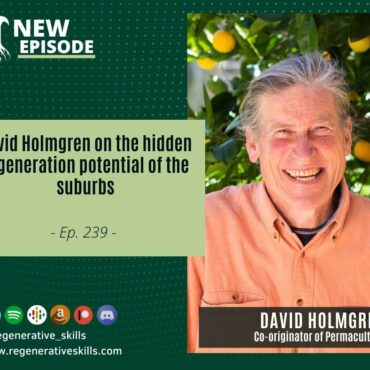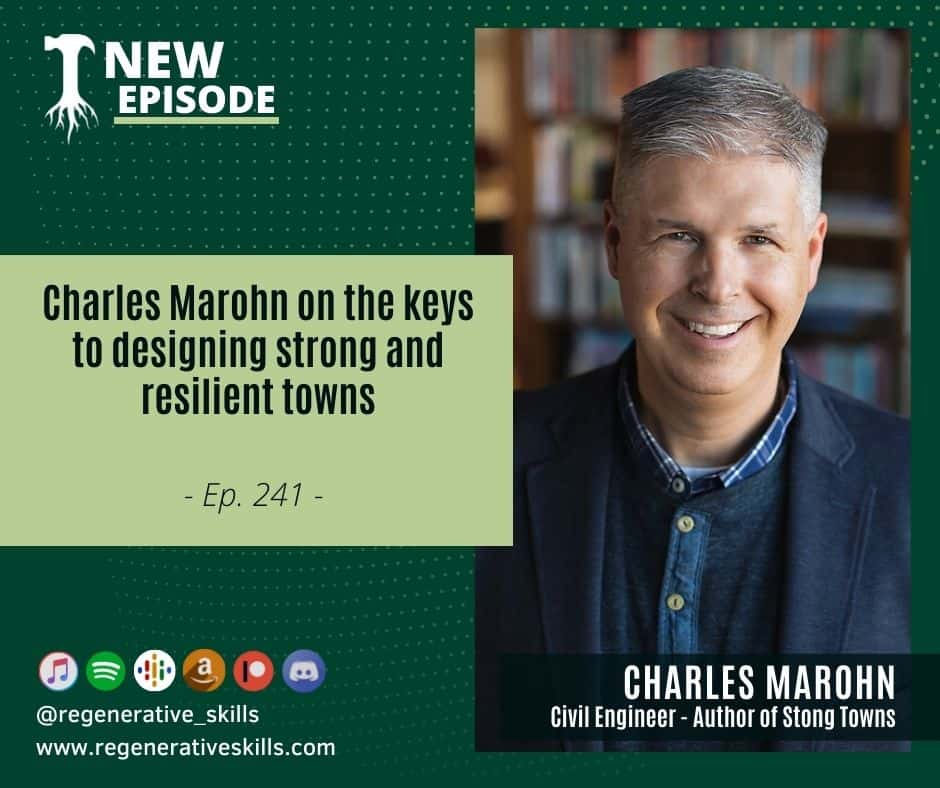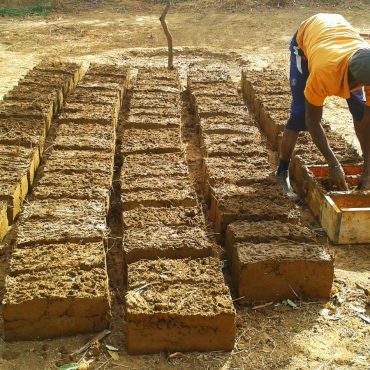
David Holmgren on the hidden regeneration potential of the suburbs
Learn more and register for the Profitable Syntropic Agroforestry course today! Fill out this form to receive free trees and planting support as well as a consultation call with Oliver […]





Post comments
This post currently has 1 comment.